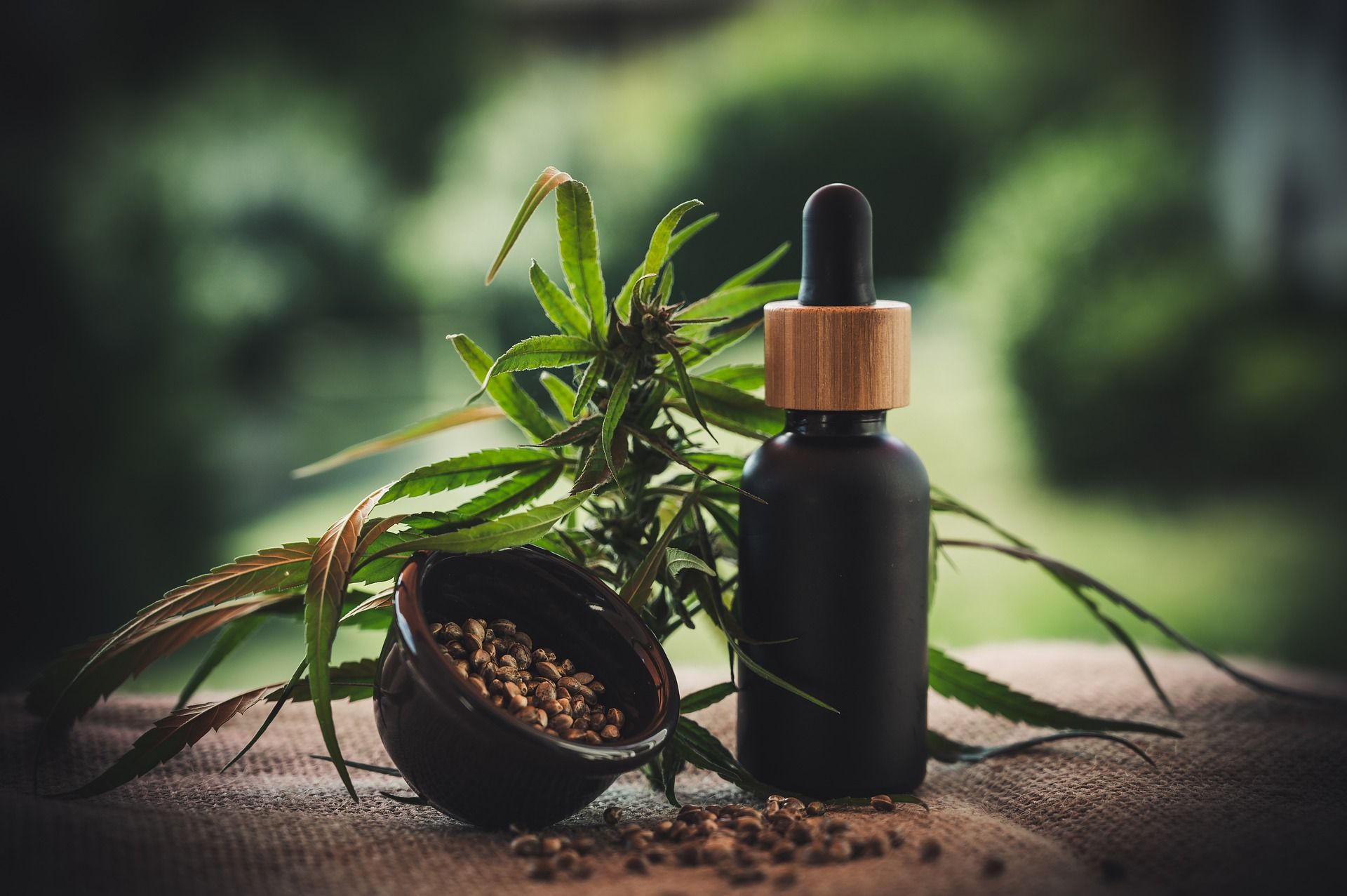In today’s evolving cannabis industry, cannabinoids beyond THC and CBD are gaining traction. Rare compounds such as THCV (tetrahydrocannabivarin), CBN (cannabinol), and CBG (cannabigerol) are showing promise in consumer products, but producing them at scale is far from simple. The biggest barrier? Extraction costs. Understanding the economics of pulling these cannabinoids from hemp or cannabis biomass is critical for cultivators, processors, and brands that want to bring differentiated products to market.
THCV: Expensive and Limited by Yield
THCV is among the rarest cannabinoids found naturally in cannabis. Strains rich in THCV, like Durban Poison, typically contain only trace amounts, often less than 1% of total cannabinoid content. That scarcity drives up costs dramatically. Extraction labs often need significantly more biomass to isolate THCV compared to CBD or even CBG.
Beyond yield, purification adds another layer of expense. THCV molecules are structurally similar to THC, meaning precision chromatography is required to separate the two. This not only increases the labor and equipment costs but also introduces compliance challenges due to THC regulation. Industry reports suggest that wholesale THCV isolate can cost up to ten times more than CBD isolate, making it one of the most expensive cannabinoids to produce.
CBN: Stable but Labor-Intensive Conversion
Unlike THCV and CBG, CBN does not occur in high concentrations in fresh plants. Instead, it develops when THC degrades over time. For this reason, labs often rely on chemical or heat-based conversion processes to transform THC into CBN. While this pathway avoids the scarcity issue, it comes with its own financial and regulatory burdens.
Conversion methods require precise equipment, solvents, and extended processing times, all of which add to extraction costs. Additionally, the THC starting material can raise compliance risks depending on the state or country of production. On the positive side, CBN has a more stable molecular structure than THCV, meaning once isolated, it maintains quality during storage and formulation. Pricing for CBN isolate generally falls below THCV but still ranks above CBG due to the added processing complexity.
CBG: Becoming the “Affordable Rare Cannabinoid”
CBG is often referred to as the “mother cannabinoid” because it is the precursor from which THC, CBD, and other cannabinoids are synthesized in the plant. Historically, CBG was costly to produce due to low natural abundance. However, recent advances in plant breeding have yielded hemp strains specifically optimized for high CBG content. This breakthrough has lowered extraction costs considerably.
With more biomass containing 10–15% CBG, labs can achieve efficient yields without excessive chromatography or conversions. Extraction and refinement processes are similar to CBD, making it far less expensive than THCV or CBN. As a result, CBG isolate prices have dropped significantly, and the cannabinoid is now considered one of the most commercially viable “minor cannabinoids.”
Bottom Line for Operators
From a cost perspective, the hierarchy is clear: THCV remains the most expensive, followed by CBN, with CBG now the most affordable of the three. While market demand and consumer interest will influence pricing, extraction realities set the baseline economics. Brands considering rare cannabinoid product lines need to weigh the premium of THCV against the stability of CBN and the scalability of CBG.
For labs and investors, the message is straightforward: advances in genetics and processing will continue to reshape the cannabinoid cost structure. But for now, producing THCV is a high-stakes investment, CBN is a technical challenge, and CBG is emerging as the cost-effective workhorse of rare cannabinoids.

